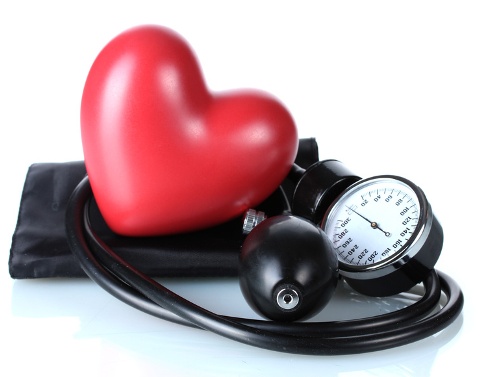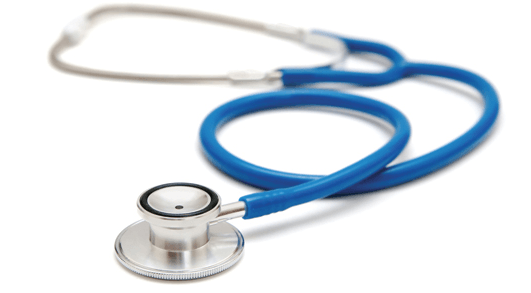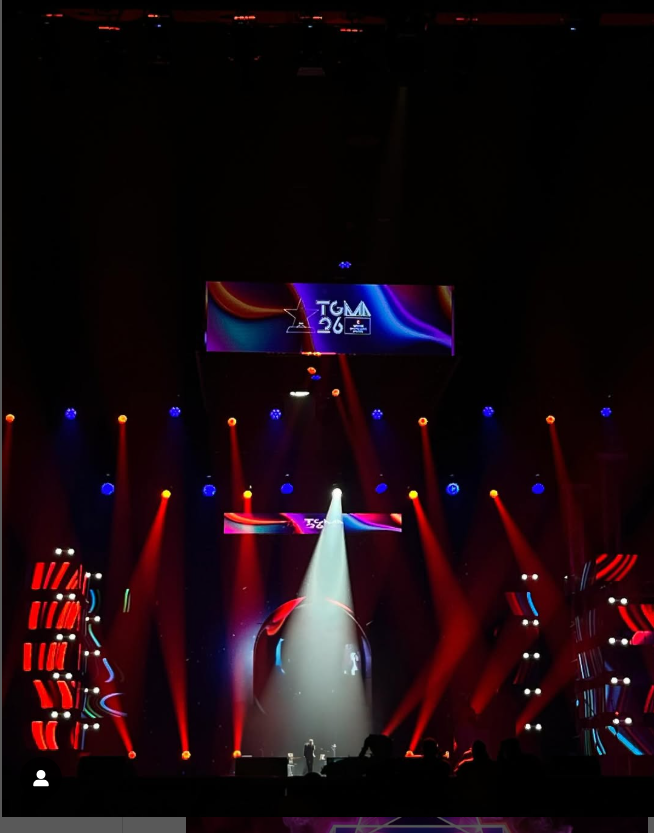
Hypertension, often referred to as high blood pressure, is a major public health issue and a leading risk factor for cardiovascular diseases (CVDs) globally. A study conducted by Rivia, a network of tech-driven primary care clinics, from data collected in 2024, has indicated that Ghana is experiencing a rise in “silent” killer diseases.
The findings from Rivia provide an alarming glimpse into the state of health in Ghana. The study revealed that over 80 per cent of individuals aged 27-62 in a sample of 23,000 patients are hypertensive, with men showing a 68 per cent prevalence. It also found that 50 per cent of a sample population of 80,000 have undiagnosed or poorly managed diabetes.
The solution
Hibiscus sabdariffa has garnered attention as a natural antihypertensive agent due to its multifaceted biochemical mechanisms of action. The plant’s calyces are rich in bioactive compounds such as anthocyanins, polyphenols, flavonoids, and organic acids, which collectively contribute to its antihypertensive effects.
Hibiscus tea has been studied extensively in comparison with standard pharmaceutical drugs for managing high blood pressure, yielding fascinating results. Below is an overview of notable studies:
1. Herrera-Arellano et al. (2004): This study compared daily hibiscus tea consumption to 25 mg of Captopril (an ACE inhibitor) taken twice daily. The results showed no significant difference in blood pressure reduction between hibiscus tea and Captopril, demonstrating that both were equally effective in lowering blood pressure.
2. Nwachukwu et al. (2015): Conducted in Nigeria, this study found hibiscus tea to be more effective than Hydrochlorothiazide, a common antihypertensive drug, in reducing blood pressure. Additionally, hibiscus tea did not cause electrolyte imbalance, a side effect often associated with Hydrochlorothiazide.
3. Soleimani et al. (2015): This study examined sour tea pills (hibiscus extract) versus Captopril for treating hypertension. The authors concluded that while the sour tea pill effectively reduced blood pressure, it did not surpass Captopril. However, it showed no side effects and could be used as an adjuvant therapy to lower the required dosage of Captopril.
4. Nurfaradilla et al. (2019): This study demonstrated that hibiscus tea alone effectively reduces blood pressure and can serve as a standalone treatment for hypertension. While hibiscus tea can be combined with Captopril, no additional benefit was observed from the combination.
5. Al-Anbaki et al. (2019): A pilot clinical study in Jordan involving 38 participants with uncontrolled hypertension found that 65 per cent of the participants experienced a systolic blood pressure decrease of at least 10 mmHg. The study concluded that hibiscus tea (karkade) was well tolerated and effective for treating hypertension, with or without concurrent medication.
6. Elkafrawy et al. (2020): This Egyptian study randomized 134 patients to receive either 25 mg of Captopril, low-dose NW Roselle (hibiscus), or high-dose NW Roselle twice daily for eight weeks. The results showed that hibiscus was as effective and safe as Captopril for patients with grade 1 essential hypertension.
7. Bourqui et al. (2020): A randomised clinical trial conducted in Senegal assessed hibiscus against Captopril in 219 hypertensive patients over six months. The findings revealed that hibiscus was as effective as Captopril in lowering blood pressure.
8. Kamyab et al. (2021): This study confirmed that hibiscus tea offers comparable blood pressure-lowering effects to conventional medicines without causing serious side effects. The researchers recommended sour tea as a suitable herbal remedy for hypertension.
9. Pattanittum et al. (2010): A systematic review suggested that current evidence is insufficient to confirm hibiscus tea’s effectiveness compared to a placebo for controlling blood pressure. However, this was contradicted by an earlier review by Boushehri et al. (2020), which found that hibiscus tea positively affected glycemic control and blood pressure.
10. Ellis et al. (2022): A systematic review concluded that regular hibiscus tea consumption could reduce the risk of cardiovascular disease, highlighting its long-term benefits for heart health.
11. Nurfaradilla et al. (2020): This study warned against the co-administration of hibiscus extract with Captopril, as it may alter the drug’s pharmacokinetic profile. These mechanisms suggest a multifaceted approach to blood pressure regulation, making it particularly beneficial in the early stages of hypertension.
Key Variables Impacting Efficacy
The review highlights the importance of dosage, treatment duration, and population characteristics in optimising the therapeutic potential of H. sabdariffa. Studies with higher doses (1–2 grams daily) demonstrated more significant reductions in blood pressure, while lower doses were associated with minimal effects (Ellis et al., 2022). Similarly, prolonged intervention periods (?8 weeks) yielded greater reductions, suggesting that sustained administration is crucial for achieving clinically significant outcomes.
Subgroup analyses revealed that H. sabdariffa may be more effective in individuals with prehypertension or mild hypertension compared to those with severe hypertension. This finding aligns with evidence that vascular flexibility, which is typically better preserved in early-stage hypertension, may enhance responsiveness to H. sabdariffa’s vasodilatory effects (Wahabi et al., 2010).
Hibiscus Tea: Cold or Hot for High Blood Pressure?
Salem et al. (2022) provided a fresh perspective on the effects of cold and hot aqueous extracts of hibiscus tea in a comparative study aimed at evaluating their efficacy in lowering blood pressure. The findings revealed that both cold and hot hibiscus tea significantly reduce blood pressure. However, hot hibiscus tea demonstrated superior results, indicating a stronger potential antihypertensive effect.
The researchers also noted that cold and hot preparations address different health needs, as each method releases unique compounds from the hibiscus. Notably, hot hibiscus tea contained higher concentrations of certain ingredients associated with enhanced antihypertensive and cardioprotective properties.
This suggests that to maximise the health benefits, one should consider alternating between cold and hot hibiscus tea at different intervals to harness the unique advantages each preparation offers.
Conclusion:
This systematic review and meta-analysis provide compelling evidence that Hibiscus sabdariffa holds significant promise as a natural adjunct therapy for managing high blood pressure, particularly in individuals with mild to moderate hypertension.
The findings on Hibiscus sabdariffa’s efficacy in managing hypertension present significant opportunities for its integration into public health strategies. Hibiscus sabdariffa can be integrated into national healthcare systems as part of complementary and alternative medicine (CAM) programs.
NB:
Prof. Nyarkotey adheres to strict sourcing standards, drawing on peer-reviewed studies, academic research, and guidance from reputable medical associations to support his writings. His articles are intended for educational purposes only and are not a substitute for professional medical advice or treatment. His goal is to inform the public about evidence-based, scientifically validated naturopathic therapies.
The author is a Professor of Naturopathic Healthcare, lawyer in the Gambia, a Chartered Health Economist (Ch.HE), and a Chartered Management Consultant (Ch.MC). He also serves as the President of Nyarkotey University College of Holistic Medicine & Technology (NUCHMT) in Ashaiman, Ghana.
E. mail: professor40naturopathy@gmail.com
BY PROF. RAPHAEL NYARKOTEY OBU
The post Hibiscus tea vs pharmaceutical drugs for hypertension: A comparative analysis06 appeared first on Ghanaian Times.
Read Full Story














Facebook
Twitter
Pinterest
Instagram
Google+
YouTube
LinkedIn
RSS